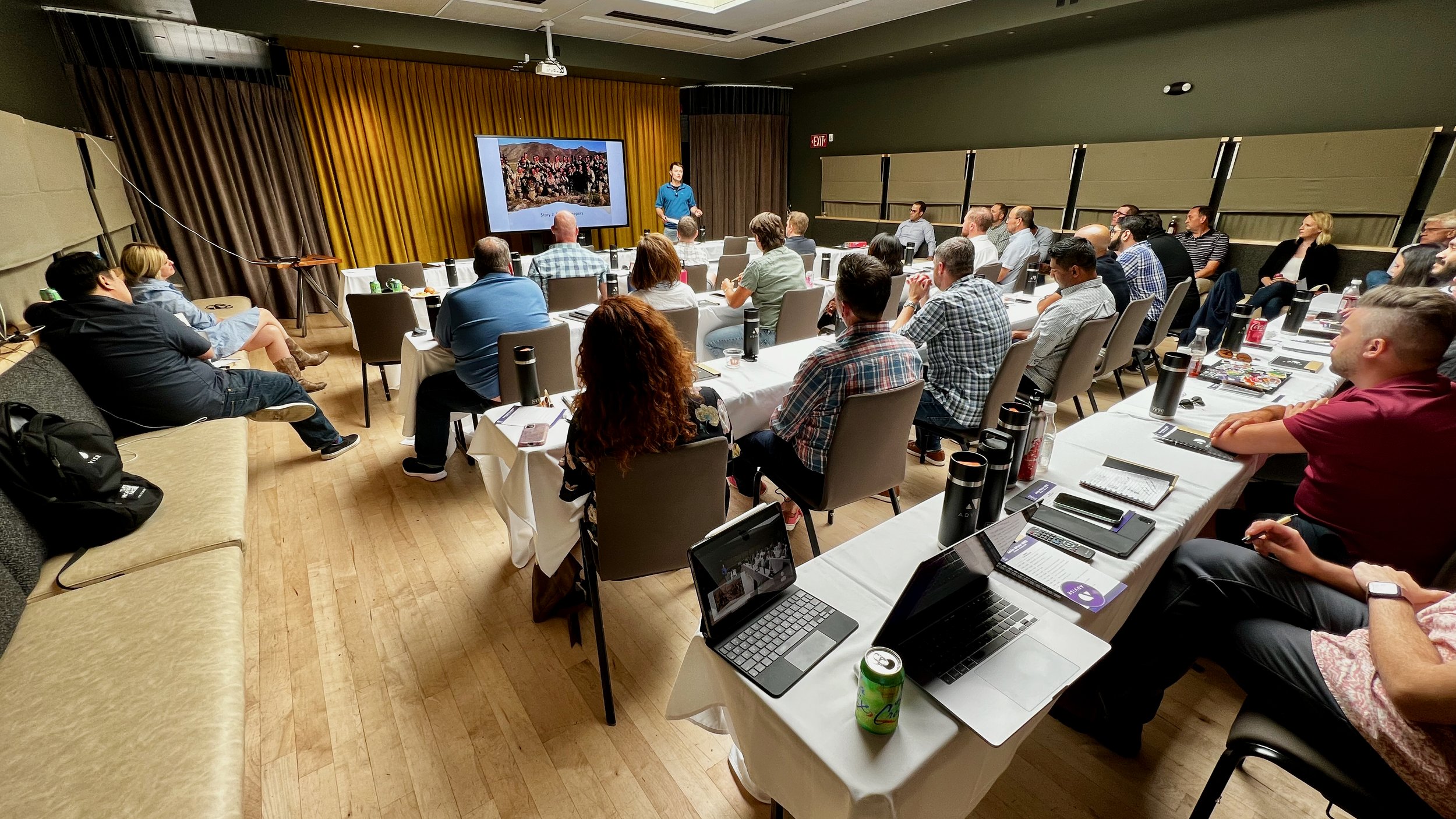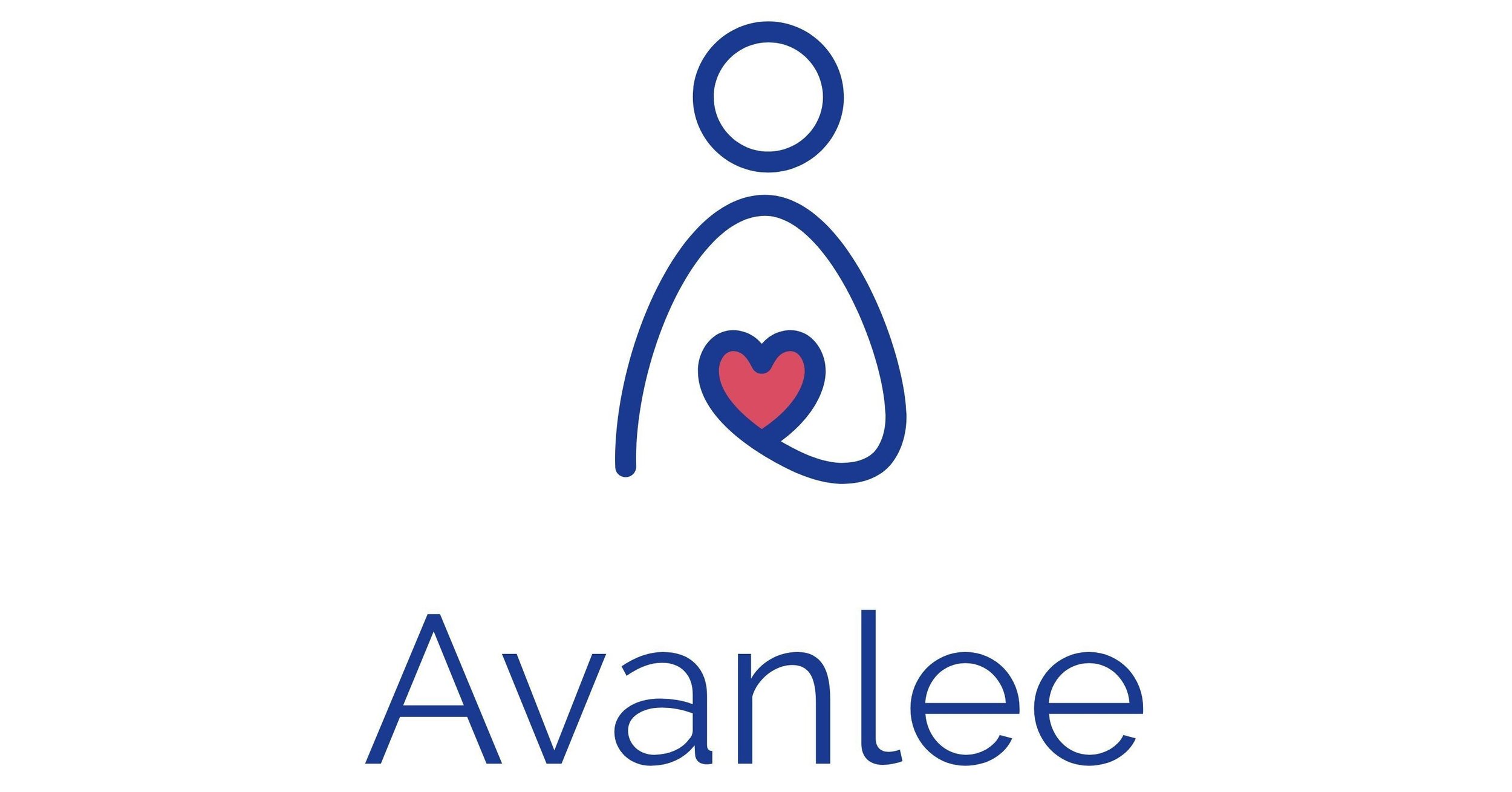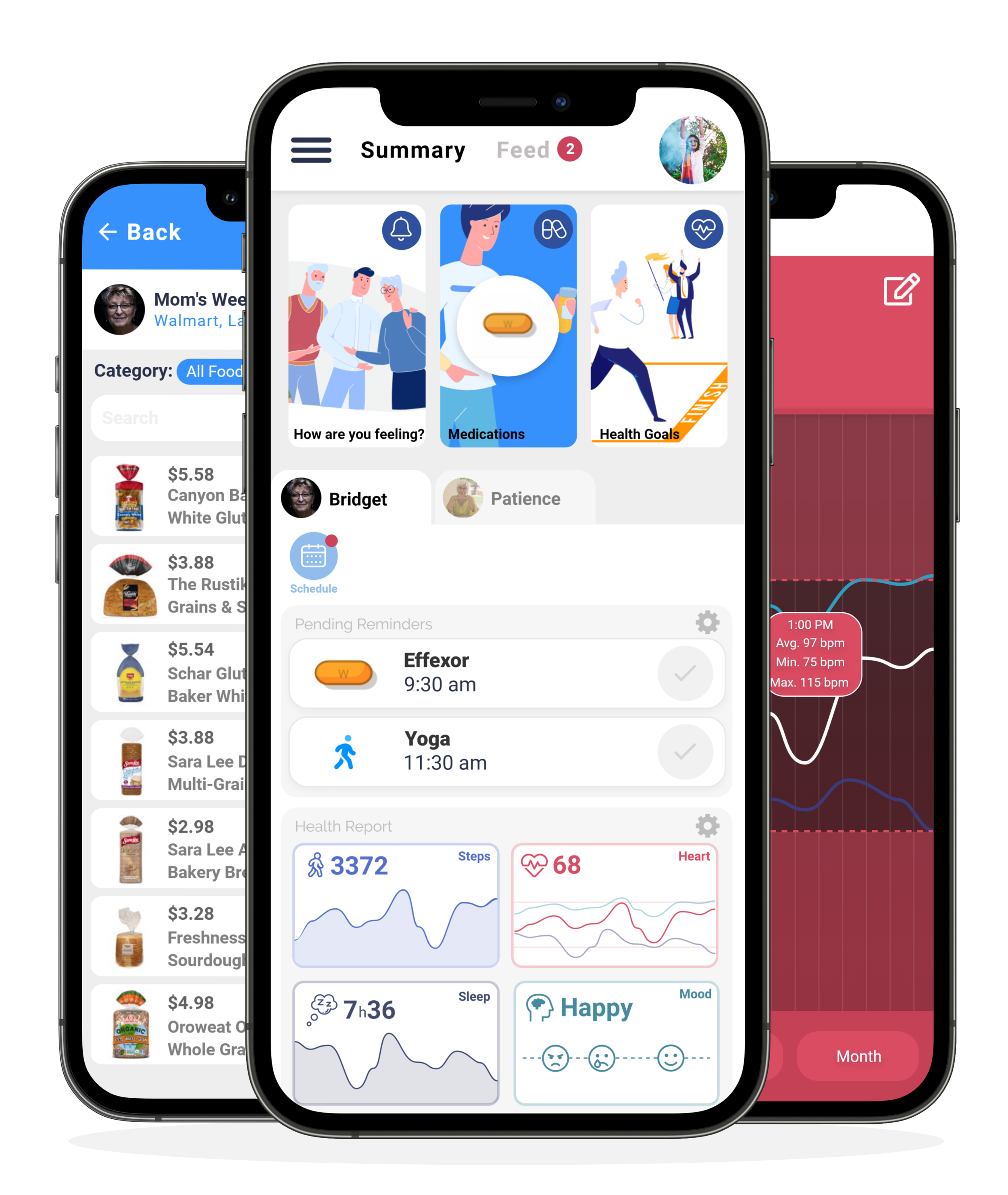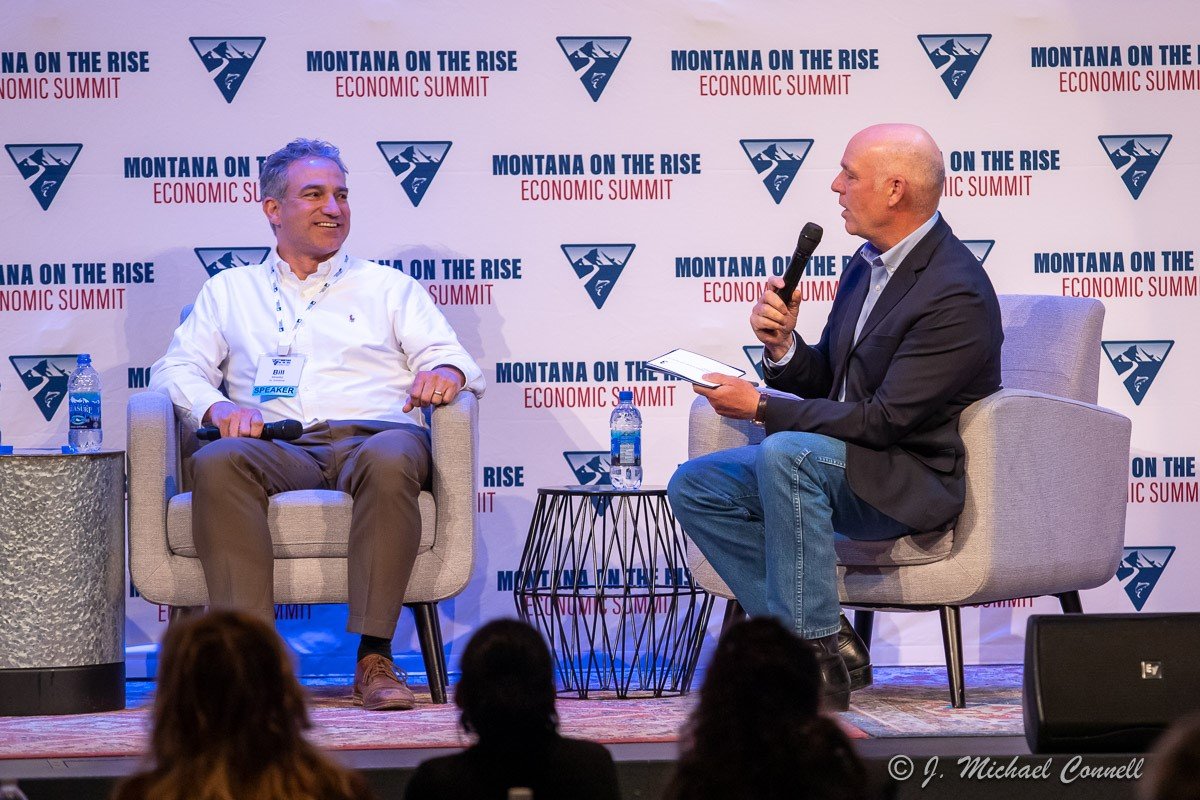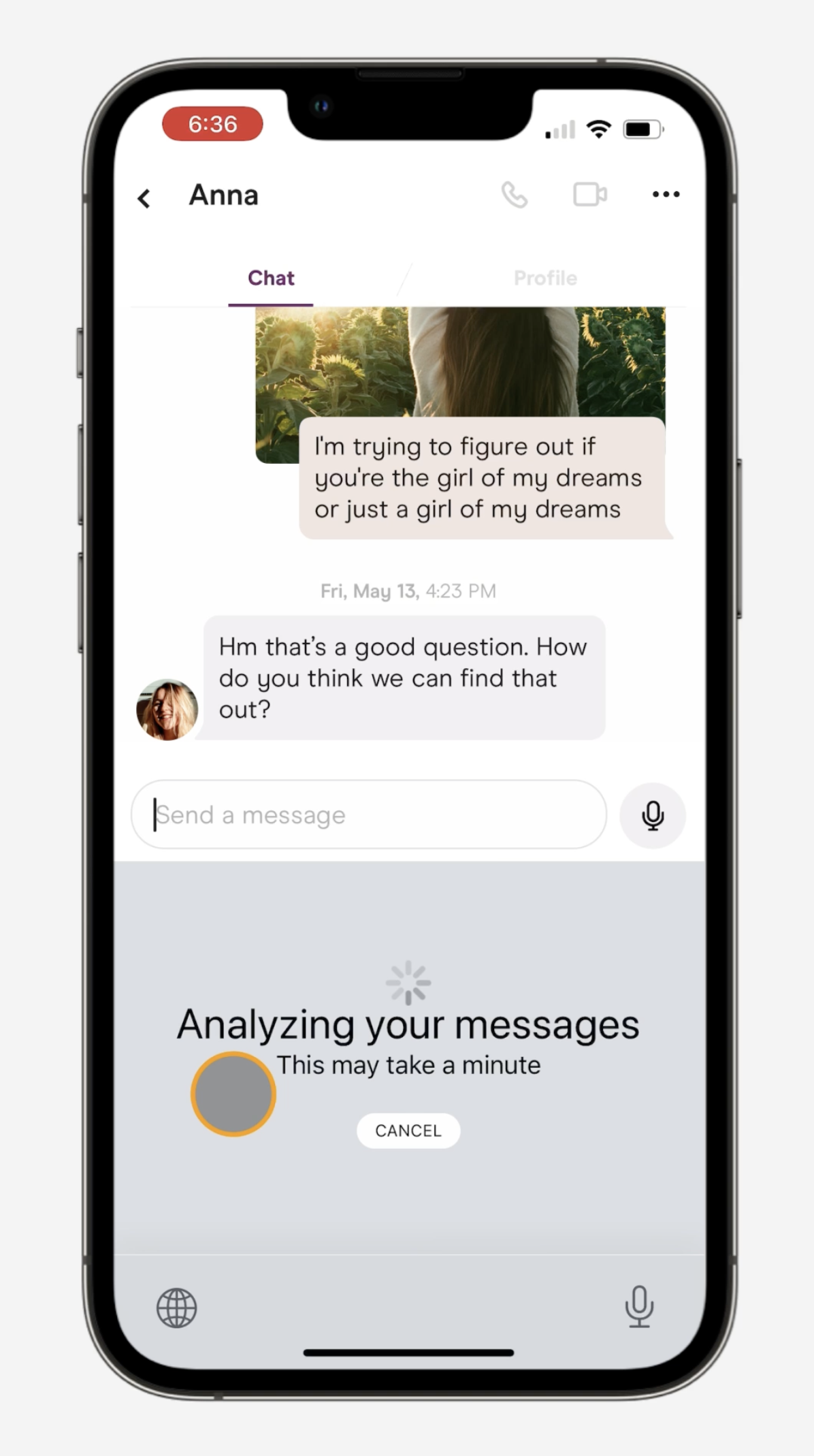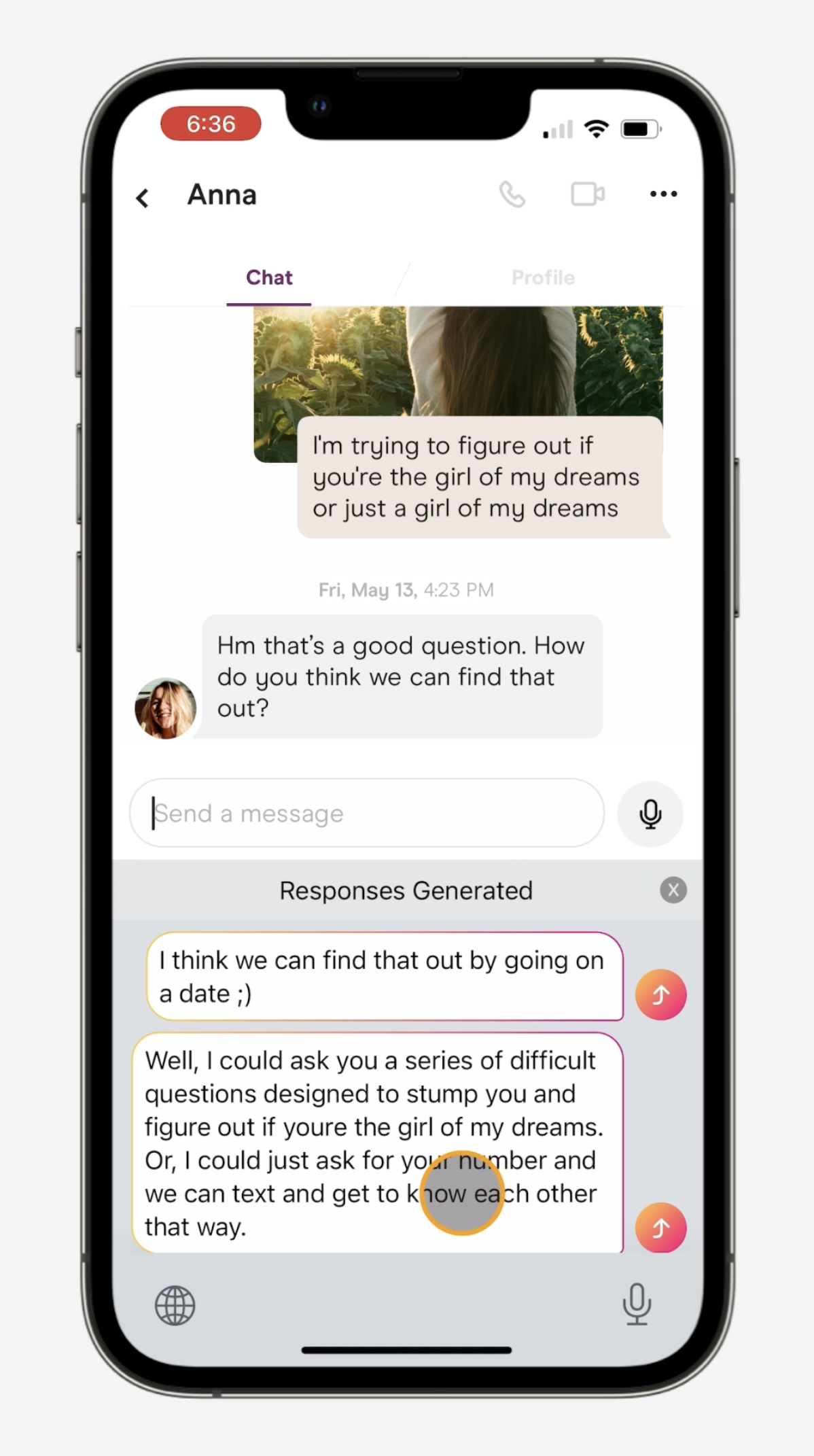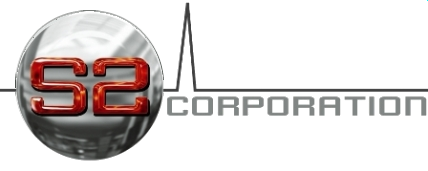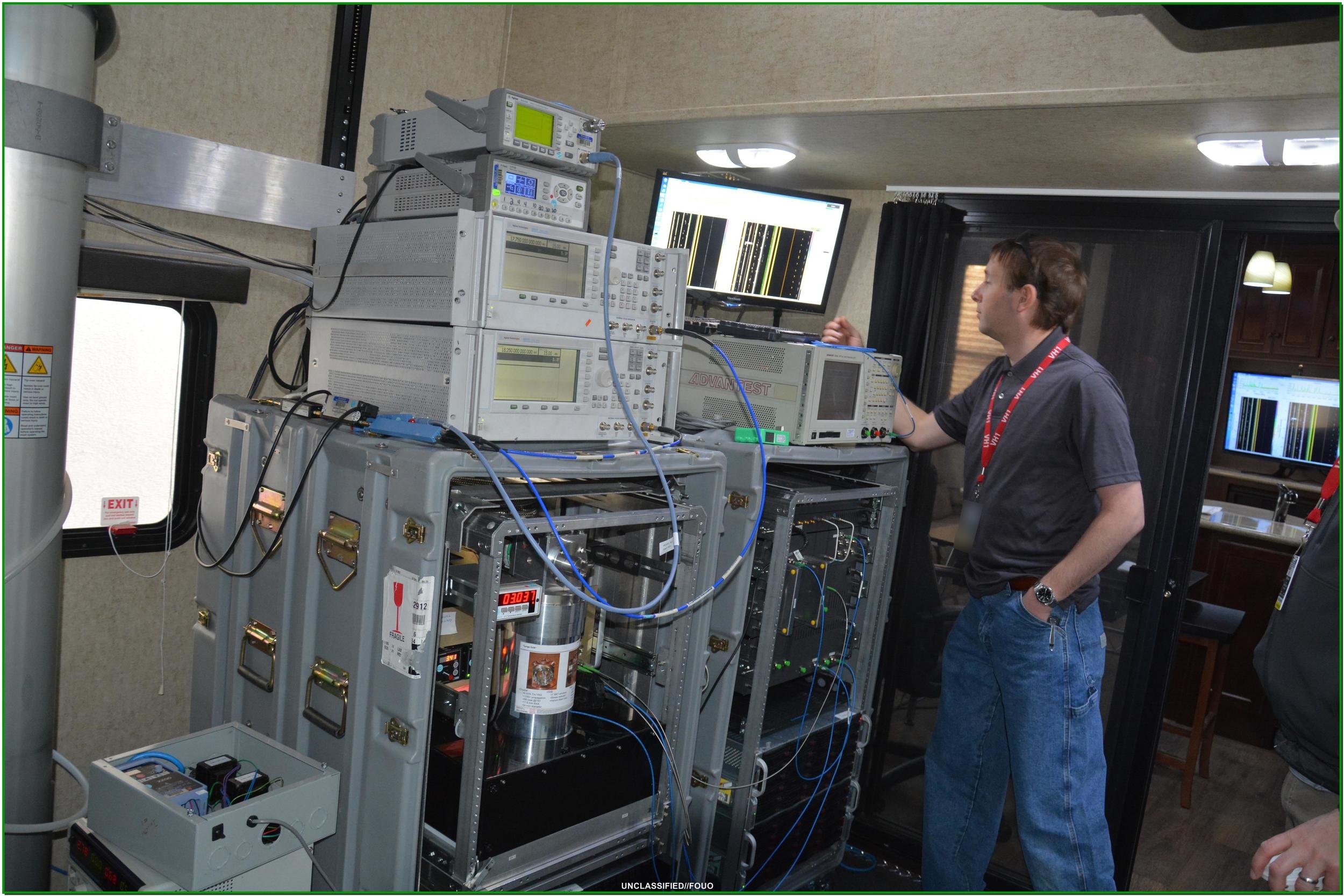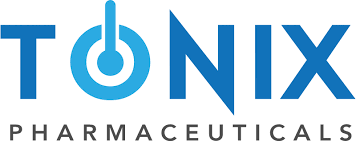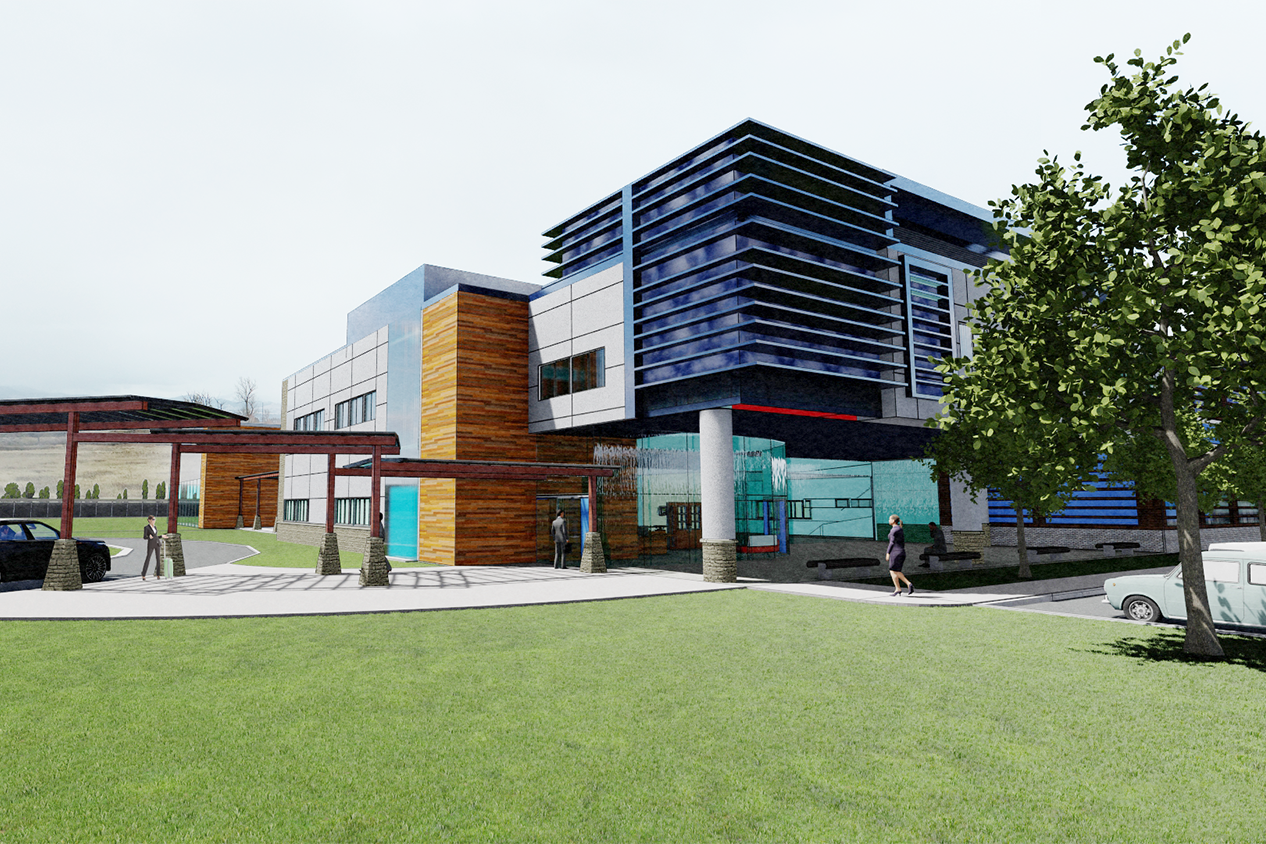Montana High-Growth Companies to Watch 2022
By Courtney Brockman, Christina Henderson and Melissa Paulsen
Graphic by Jacob Treece
August 1, 2022
The Montana High Tech Business Alliance has published five years of annual Montana Tech Companies to Watch lists covering 100+ businesses since 2017, and this year’s cohort continues a tradition of world-class innovators dong incredible work in Montana. (See also our Montana Startups to Watch 2022 list.) Whether using AI to help cupid’s arrow find its mark in online dating, sending space computers to the moon, or delivering a lasting vaccine for COVID-19, these companies are making an impact nationally and globally. The 2022 Montana High-Growth Companies to Watch reveal a number of trends:
Six firms are building software platforms or apps, reflecting the strong representation of software/computing as a subindustry in Montana’s tech sector. The other companies on the list are involved in biotech and photonics, additional business clusters with a deep history in Montana.
Four of the nine firms have raised venture capital or angel investment from Montana investors like Next Frontier Capital and Frontier Angels, or participated in accelerators such as Early Stage Montana. Expanded access to local equity financing and entrepreneurial support is one of the most important developments in Montana in the last five years.
Four companies started outside Montana, but have chosen to either relocate their headquarters or invest in key facilities in Montana, demonstrating the state’s attractiveness as a strategic location for business.
Three companies were awarded SBIR/STTR grants, reflecting Montana’s high application success rate in securing innovation grants with support from organizations like TechLink in Bozeman. Their success also underscores the vital role of Montana State University and other Montana colleges in development of intellectual property, commercialization of new technologies, and talent attraction.
We hope you’re as inspired as we are by the businesses on this list creating jobs and opportunity in Montana.
2022 Montana High-Growth Companies to Watch:
Advisr, Bozeman and New York City - Software platform to automate sales processes.
Avanlee Care, Billings and New York City - All-in-one elderly care app.
GL Solutions, Kalispell - Software solutions for regulatory agencies.
Keys AI, Missoula - AI-augmented texting tool for dating apps.
Resilient Computing, Bozeman - Ultra-reliable computers that withstand radiation in space.
S2 Corporation, Bozeman - Ultra wideband radio frequency spectral analysis.
SensorLogic, Bozeman - Radar based sensing, including the SNOdar snow depth sensor.
Tonix Pharmaceuticals, Hamilton, Maryland and Massachusetts - Developing new treatments for infectious diseases, including a vaccine for COVID-19.
WaterStreet Company, Kalispell - Cloud Property and Casualty Insurance management software and services.
-
To select the finalists, the Montana High Tech Business Alliance solicited nominations from partners including Two Bear Capital, Next Frontier Capital, Frontier Angels/Early Stage Montana, Goodworks Ventures, the Blackstone LaunchPads at Montana State University (MSU) and the University of Montana (UM), and the Montana Manufacturing Extension Center. We looked for companies that fit two or more of the following criteria:
* Plan to expand operations or add a significant number of jobs during the next year
* Steep revenue growth and/or are working in a high-growth sector
* Poised to launch high-potential products or services
* Own or are developing valuable intellectual property
* Recently landed major clients or entered new markets
* Have management teams led by experienced entrepreneurs or top experts in their fields
* Recently secured significant investment
The Advisr team pictured at a company offsite in Bozeman, July 2022. Photo courtesy Advisr.
Location: Bozeman, New York City
What They Do: SaaS platform to automate sales processes for large B2B enterprises.
Why We’re Watching Them: Founded in 2018, Advisr is a leading sales operating system for B2B enterprises that helps organizations pitch, win and retain business through automating the sales process. Headquartered in New York City with a growing presence in Bozeman, Montana, Advisr has doubled in number of employees since the end of 2020. Within the past year, this rapidly growing company has experienced a 336% increase in customers accessing the platform and 1144% increase in platform usage.
In February 2022, Advisr closed a second financing round for $5.75 million led by Bozeman-based Next Fontier Capital (NFC), bringing its total to $13 million in funding. The company previously received investment from NFC as part of its $4.2 million seed round in 2020.
Advisr CEO Quique Nagle, who moved to Bozeman from New York in 2020, has more than 15 years of experience working with enterprise software and sales organizations as a founder, operator and investor. Nagle’s co-founders and initial hires also came from martech and ad tech sales backgrounds. They saw a need to leverage automation and data to support teams in the pre-sale workflow of building proposals for customers – a process that was previously only accomplished manually, which could take days, weeks or even months.
“As we continued to have conversations with prospective customers, it quickly became clear sales organizations were plagued with similar challenges – slow, manual, human-driven sales processes that rarely yield consistent outputs,” said Mike Chevallier, Advisr SVP of sales.
-
Advisr developed a suite of tools including product recommendations, automated management of presentations, collateral and contracts, and sales data and business insights. For an average customer, Advisr drove a 5x increase in proposal creation and 60 percent increase in order value. The sales cycle decreased by 10 days on average and sellers reported a 3x increase in products sold per order.
Today, Advisr works with a large volume of publishers and media organizations, including clients like Glacier Media, Hubbard/2060 Digital, Beasley Media Group and AffinityX. Although originally created for the media and advertising space, Advisr’s team believes the platform can benefit sales teams in other sectors, such as financial services, healthcare or business services.
“Our users are finding more value with our platform, as evidenced by the amount of time spent creating campaigns and presentations,” said Ed Kozek, Advisr Chief Product Officer. “Each time we develop a new feature, we think and we ask ourselves, is this going to make the sales person's life easier? Is this something that would help them?’”
Advisr currently has 33 employees and plans to add another 15 this year in a variety of roles, including engineering, product, sales, marketing, HR and customer success.
Following the pandemic, Advisr shifted to a remote-first culture. This enabled the company to seek out talent in diverse locations, such as Denver and Salt Lake City, rather than being restricted to looking at personnel solely located in and around New York City. At present, Advisr has employees across 16 states. The company views its Bozeman presence as an access point for a growing customer base on the West Coast.
For the past two years, Advisr flew all employees to Bozeman, during the summer, for an off-site retreat and hopes to bring clients to Montana in the future as well.
“We're thrilled to be expanding our footprint and establishing a hub in Bozeman, Montana,” Nagle said.
Images via Avanlee Care
Location: Billings, New York City
What They Do: The Avanlee app is an all-in-one solution that helps adult children stay connected with their aging relatives and their caregiving teams.
Why We’re Watching Them: The Avanlee Care app, launched in 2021, allows families to care for aging relatives collectively and remotely. Avanlee is designed to address a significant unmet need in the US where there are over 53 million unpaid family caregivers. In 2021, Avanlee Care raised a seed round led by American angel investor and Wellville executive founder Esther Dyson. Since launch, Avanlee Care has teamed up with Walmart to fulfill grocery needs for seniors and has already closed another investment round in 2022, while gearing up for a Series A early next year.
CEO and founder Avanlee Christine, who has worked in the health care system as well as tech startups, had the idea for Avanlee Care based on her family’s experience trying to care for her grandparents, including her grandma in Montana. As Christine lived in New York with her relatives scattered across the country, she needed an app for all her family members to monitor her grandma’s health and doctor’s appointments.
“My grandfather fell ill when I was young and I spent years watching my family struggle to keep each other on top of his care. That experience showed me there had to be a better way to keep families connected and provide the best care possible.” Christine said.
Christine moved back to her hometown of Billings and pitched the idea to Avanlee Chief Technology Officer Chris Monson, who then built the app, which is the first elderly care app of its kind.
-
In addition to Walmart grocery Avanlee Care gives users the tools to coordinate care with the entire family, view health information and manage medications and events. Capabilities include:
Communicating via video or voice
Sharing and connecting messages, pictures and videos
Scheduling medication reminders, doctors’ appointments
Monitoring heart rate data, mood updates, daily steps and sleep stats via Fitbit, Healthkit and Apple Watch devices.
Avanlee Care is available for free download via the App Store and Google Play, and offers two subscription options with additional benefits, including the Walmart grocery fulfillment for Essential ($9.99) and Premium ($12.99) customers. The Avanlee Care basic app is free.
Avanlee Care has a founding team of six employees and is currently hiring for a VP of Operations and a VP of Marketing and Sales among other roles.
As the population ages and the senior home care industry grows, Avanlee’s team believes the need for a caregiving app will also increase.
“Everybody's in this this situation to one extent or another,” Monson said. “It's just a real need that needs to be addressed. It’s fun seeing how this is helping people already and then hearing all the people who are like, ‘Oh, yeah, that could help my family too.’”
Montana Governor Greg Gianforte (right) interviewing GL Solutions CEO Bill Moseley (left) at the On the Rise Economic Summit in Bozeman on June 2nd, 2022. Photo courtesy of Renee Moseley. Photo by J. Michael Connell.
Location: Kalispell
What They Do: Supply state governments with regulatory software that helps these agencies operate more efficiently and effectively.
Why We’re Watching Them: One of the biggest obstacles state government agencies face is how to expeditiously process information so that they can protect their communities without getting backlogged.
GL Solutions aids state government agencies by providing regulatory software that helps them sort through information while keeping track of crucial data. With customers in 24 states and over 100 government agencies served, GL Solutions regulates anything from shampoo assistants in Alabama, to using their GL Suite system to authorize the purchase of firearms in Connecticut by running background checks on individuals and searching for active restraining orders. In addition, GL Solutions has worked closely with the Virginia Department of Behavioral Health to prevent the abuse of the people in the foster care system through scheduling inspections, tracking follow-up appointments, and reporting serious injuries and deaths of clients.
“The mission of our organization is to help government agencies run, grow, and adapt,” said GL Solutions CEO Bill Moseley.
With the help of his co-founder and GL Solution’s current Vice President of Administration, Eric Staley, Moseley founded the regulatory software company in 1997 in Bend, Oregon. While working for a regulatory unit overseeing gaming activity for the Oregon Department of Justice, Moseley used his programming experience to create a new computer system that helped the department solve its problems related to information technology. Moseley eliminated six months of backlog, helped the department collect half a million dollars, and received an award from the attorney general. He formed GL Solutions to apply the same process to solve problems for state government agencies across the country.
-
After moving its base of operations from Bend to Kalispell in 2021, GL Solutions has a projected 35 percent revenue growth for 2022 and plans to grow from 50 employees to 75 employees by the end of the year.
Currently in development is an updated version of the GL Suite application that will help government agencies track business processes within their organization. According to Moseley, the application will track performance and compare employee productivity among individuals.
GL Solutions seeks locals to fill its job openings and does not require its applicants to have a degree or technical background. Through its employee development program, GL Solutions employees start working with basic activities that later provides them with opportunities to develop their abilities and climb the skill ladder. GL Solutions hires entry-level positions in quality assurance that can later develop into business analyst or configuration specialist jobs, as well as positions in marketing and account management.
Moseley said the local business culture influenced his decision to relocate GL Solutions to Montana.
“The business community here in Kalispell was really warm and supportive,” Moseley said. “They communicated an authentic desire to create jobs for the next generation of people that live in the community, and that [was] impressive. And so, it was [a goal] I could buy into and call home.”
Images via Keys AI
Location: Missoula
What They Do: AI-powered conversation tool for real-time help in dating apps
Why We’re Watching Them: The challenge of communication is knowing what words to use and when to use them to achieve a positive outcome. This challenge is heightened in online dating where the stakes are romantic in nature. Keys AI leverages artificial intelligence to help users convey the right message at the right time.
Keys AI is currently featured on the front page of the Apple App Store. In 2022, they have helped users send over 1 million messages, grown their users by 600%, their revenue by 6,000%, and organic search by 80,000%.
Keys is an add-on to your keyboard, similar to the emoji menu. The tool determines the intent of your message by reading your conversation and suggests AI-personalized responses based on 1.6 million data points they’ve collected. Keys uses a combination of their own algorithms and OpenAI’s natural language processor, GPT-3, to smooth out common points of friction in conversations. It writes a message for you directly in your text box anywhere on mobile, email, text messages, dating apps, or social media.
“We're building the architecture of anticipatory communication,” said CEO Taylor Margot, who has a background as a corporate attorney. “It's about knowing and giving people the words they need before they even know they need them. Right now we’re focused on dating but the mission is to change how everyone in the world communicates. Anytime someone has trouble communicating, they reach for Keys.”
-
Keys closed a $2.25 million seed round in August 2021, with $3 million total raised to date. Kickstart Fund led the round with participation from Montana’s Frontier Angels, CapitalX, and Lytical Ventures among other investors. The funds are being used to build out a data science team and to invest in growth marketing to attract more active paying users.
The company launched paid service in December of 2021 with a waitlist of more than 20,000 people.
Keys evolved from a previous dating app, Charmed. Featured in the Montana Tech Startups to Watch 2019 list, Charmed allowed users to share their conversations with friends to ask for advice.
Margot and co-founders David Blanchard, Jack Peterson and Walter Funke joined the Techstars Boulder Accelerator in 2020. Through the customer discovery process, they found people struggling with a conversation needed help in the moment but their friends might respond 24 hours later. Some app users also preferred keeping messages private. The founders pivoted to create Keys AI.
“It's anonymous help and it’s personalized to you,” Margot said. “You don't have to share your dirty laundry or insecurities with your friends. To our real surprise, we discovered that people actually prefer advice from a personal AI writing assistant over their friends.”
In 2022 Keys is focused on driving revenue and scaling in anticipation of raising a Series A round.
Image via Resilient Computing
Location: Bozeman
What They Do: Build ultra-reliable computer architectures that can withstand the harsh radiation of space or cyber attacks
Why We’re Watching Them: “Edge” computing is a technology buzzword that means serious business. Edge computers often do critical work like controlling a thruster on a rocket or a valve in a water treatment plant - situations where crashes can be devastating. Bozeman’s Resilient Computing builds computers that can withstand threats like radiation and cyber attacks and “work in environments where failure is not an option.”
Dr. Brock LaMeres, founder and CTO, started Resilient Computing in 2020 to commercialize technology developed over 15 years with students in his lab at Montana State University (MSU). A professor of Electrical and Computer Engineering in the Norm Asbjornson College of Engineering, LaMeres holds 13 U.S. patents in the area of digital systems and previously spent eight years as a design engineer for Hewlett Packard.
Resilient Computing has exclusively licensed two technologies from MSU that can keep edge computers from crashing. The first, Radiation Tolerant Computing (RadPC), runs proprietary software recovery procedures on a Field Programmable Gate Array (FPGA). RadPC continues foreground operation in the presence of radiation-induced faults while repairing faulted circuitry in the background.
LaMeres’ lab has received over $7 million from NASA and the Department of Homeland Security for development of RadPC, including flight demonstrations on high-altitude balloons, sounding rockets and small satellites to mature the technology. An advanced prototype launched on SpaceX flights to the International Space Station in December 2021 and February 2022. NASA will also send RadPC to the surface of the moon in 2023.
-
RadPC can be extended with a second technology, CyberShield, that uses hardware diversity to allow the computer system to detect and defeat malware. Developed at MSU under U.S. Department of Defense (DoD) funding, CyberShield can help protect space applications, critical infrastructure, and national security.
LaMeres leads Resilient Computing alongside CEO Justin Cook, a systems engineer with 20+ years of experience with NASA, the U.S. Air Force, and Department of State who founded the Applied Research Laboratory at MSU. With seed funding from grants and prizes, the team is developing products for potential customers like SpaceX, Boeing, and the DoD.
In 2021 and 2022, Resilient Computing received Phase 1 awards of $125,000 and $150,000 through the NASA Small Business Innovative Research (SBIR) Program with support from the Montana Innovation Partnership at MSU TechLink Center. The company took first place in MSU’s 2021 $50K Venture competition hosted by MSU’s Blackstone LaunchPad and the Jake Jabs College of Business and Entrepreneurship and has received two CATalyst Gap Fund grants. Resilient Computing also participated in the Early Stage Montana HyperAccelerator in September 2021, which LaMeres said helped him refine his winning pitch for $90,000 in seed money from NASA’s Entrepreneur’s Challenge in November 2021.
Cook and LaMeres aim to provide high-paying jobs for Montana graduates who typically move out of state to work for companies like SpaceX, Boeing or Raytheon.
“We're hoping to try to…hire from Montana and grow it in Bozeman so that people who graduate from Montana State or other colleges have a place to work in the high tech industry in our state,” LaMeres said.
Image via S2 Corporation
Location: Bozeman
What They Do: Use wideband antennas, lasers, and proprietary crystals to build hardware and software that performs extreme bandwidth radio frequency (RF) spectrum analysis with 100% probability of intercept.
Why We’re Watching Them: Security threats are increasing across the globe. The need for sophisticated technologies that detect and geolocate radio frequency (RF) emissions from bad actors who would use the electromagnetic spectrum to cause harm is greater than ever.
At the same time, leaders struggle to efficiently process increasingly massive quantities of real-time data.
Bozeman’s S2 Corporation is boosting the nation’s defense capabilities by addressing these dual challenges with patented photonic systems capable of analyzing data faster and more clearly than conventional electronics.
S2 Corporation just passed a milestone of $90 million in booked revenue over 15 years, which highlights the company’s success securing competitive federal Small Business Innovation Research (SBIR) awards. Over 95% of their revenue comes from contracts with government agencies like the Army, Navy, Air Force, and DARPA, though the company also has rights to commercialize its systems for the private sector.
-
The underlying technology is known as spatial-spectral (S2) holography. S2 Corporation’s core system is called the Extreme Bandwidth Analyzer and Correlator (EBAC). The S2-EBAC accepts raw RF signals from an antenna that processes “a million times more bandwidth than the entire FM radio station band” according to S2 Corporation CEO Kris Merkel.
The RF signals are transferred to a laser beam, then passed through very cold crystals to create what some S2 clients have called a “God’s eye view” of the spectrum, a “super vision” that takes pictures of the entire RF spectrum in real time and produces meaningful data. While a traditional narrow bandwidth spectrum analyzer will capture typically less than 1% of the spectrum at a time with high performance, S2’s analyzer can measure the entire electromagnetic spectrum, thousands of times per second.
Applications of the proprietary technology beyond next generation electronic warfare include processing in radar and communications systems, and search for key feature queries of massive unindexed databases.
S2 Corporation still has close ties to the Physics department and Spectrum Lab at Montana State University and many of the company’s 18 fully issued patents are either jointly held with or licensed from the university. S2 Corporation was founded as a spin out of Bozeman photonics company Scientific Materials in 2005. Founder and CEO Kris Merkel holds a PhD in Electrical Engineering with an emphasis in photonics and worked at MSU on the technology for five years and then as Scientific Materials for 2 years before the company was independently launched.
The company currently has 25 employees, most in Bozeman, including Electrical Engineers, Mechanical Engineers, Physicists, Chemists, Computer Software Engineers, and Data Analysts. In 2022, S2 Corporation is poised to hire another 5-10 people as the company expands into prototyping and field-testing systems, low-rate production for government customers and contractors, and commercial applications.
Merkel said employees at S2 Corporation appreciate the opportunity to work on a variety of projects. The CEO also values seeing the science he helped develop in the lab at MSU and carried on at the company being applied to real-world challenges that haven’t been solved by other technologies.
“As an engineer, I didn’t want the technology to just be in a Physics lab,” Merkel said. “The company adopted a mission to get this technology adopted for high end users, and we are meeting that mission.”
Image: SNOdar sensor, via SensorLogic
Location: Bozeman
What They Do: Develop Ultra-wideband, mm Radar, and Lidar sensing solutions, including the SNOdar sensor to measure snow depth and water content.
Why We’re Watching Them: More than 2 billion people worldwide rely on water stored in the annual snowpack for resources like drinking water, agriculture, and hydroelectric power. In the Western U.S. 50-80 percent of available water originates as snow in the mountains.
Accurately measuring seasonal snowpack is crucial to making informed water management decisions. But the current technology used to track the depth and water content of snow is outdated and expensive to install and maintain.
Launched in March of 2022, SensorLogic’s new SNOdar sensor offers a more accurate, low power, low cost method of monitoring snow depth and new snowfall. The small lightweight sensor performs well even in extreme environments and transfers data via the cloud.
“A lot of the technology we're replacing is antiquated or inaccurate,” said CEO Doug Roberts. “One of our competitors' snow depth sensors doesn't work when it's snowing, so you know, that doesn't make any sense. It's been an underserved market.”
-
SNOdar is currently used by clients like government agencies, hydropower plants, and ski resorts to predict snow and water availability. It is the first product in a new suite of snow science instrumentation developed by SensorLogic, a leader in radar-based sensors.
SensorLogic was founded in 2006 by Roberts, a serial entrepreneur who previously started two other tech companies. For much of its history, SensorLogic has built remote sensing solutions for other companies. Past clients include Google, John Deere, Apple, and Ford. Products ranged from baby sleep monitors to GPS-based guidance systems for agriculture.
SensorLogic currently has eight team members, most of them masters’ or PhD students in Electrical Engineering from Montana State University. Roberts estimates SensorLogic has been awarded close to $3 million to date in federal Small Business Innovation Research (SBIR) grants for snow science and other applications.
“I like the phase one [SBIR grant] because it's a great way to prototype out an idea with low financial risk,” Roberts said. “And it's also an early indicator if there are people interested in your idea.”
About two years ago, SensorLogic pivoted their business model toward developing and bringing to market their own line of climate technology sensors.
Roberts and his team participated in Early Stage Montana’s Hyper Accelerator in 2021. While the company has been self-funded to date, SensorLogic is now looking to raise a $1.5 million seed round from investors to accelerate growth. Roberts also plans to release additional snow science sensors in 2022 and to establish a distribution network and resellers in Europe.
While SensorLogic will sell its sensors all over the world, Roberts intends to make them in Montana.
“All of our products are designed here in Bozeman,” said Roberts. “We do not manufacture anything outside of the United States. It's one of our goals. And in fact, when we can, we manufacture as much as possible in Montana.”
Architectural Rendering of planned Tonix Commercial Manufacturing Center
in Hamilton, Montana. Photo via Tonix.
Location: Hamilton, Mont., Maryland, and Massachusetts
What They Do: Clinical-stage biotech company developing novel therapies for central nervous system disorders and infectious diseases, including a live COVID-19 vaccine.
Why We’re Watching Them: As the COVID-19 pandemic spread globally in 2020, drugmakers quickly rolled out emergency-use mRNA vaccines. These first-generation vaccines have been highly effective at reducing sickness and death, but the battle against COVID-19 is far from over. As new variants evolve, the limitations of mRNA vaccines - weakening protection over time and inability to block spread - have become clear.
Tonix Pharmaceuticals (TNXP) is developing a next-generation COVID-19 vaccine that will provide long-term lasting immunity, and plans to manufacture the vaccine in Hamilton, Montana.
Known as TNX-1800, the vaccine is based on live virus technology, a method that takes longer to develop but prevents illness and slows or stops forward transmission. Live virus vaccines used today for MMR (measles, mumps, rubella) and chickenpox were developed by renowned virologist Maurice Hilleman, a Miles City, Montana native and graduate of Montana State University (MSU).
“Live virus vaccines are the oldest type of vaccine technology and they are the most successful,” said Tonix founder and CEO Seth Lederman, MD. “The first vaccine was a vaccine against smallpox developed by Edward Jenner [in the 18th century], and it ended up eradicating smallpox. We've actually taken Jenner's live virus vaccine and engineered it so that it expresses the spike protein of COVID-19.”
-
Tonix is also developing vaccines for other infectious diseases like monkeypox and treatments for central nervous system disorders such as fibromyalgia, PTSD, and Long COVID.
Dr. Lederman previously founded Targent Pharmaceuticals, whose cancer-fighting drug assets were acquired in 2006, and served as a tenured professor of Molecular Immunology at Columbia University.
Founded in 2007, Tonix has an infectious disease R&D center in Frederick, Md. and a pilot manufacturing facility in New Bedford, Mass. Tonix purchased 44 acres in Hamilton in 2020 as a strategic location for commercial scale live-virus vaccine manufacturing.
“Hamilton, Montana is known all over the world for the Rocky Mountain National Labs,” said Lederman. “It's the largest national lab in the United States outside of the [National Institutes of Health] main campus and for over 100 years, it's been extremely well known for its infectious disease research. There's also a big pharma vaccine manufacturing facility in Hamilton. So, we think we're entering a really great ecosystem in Hamilton.”
Tonix is establishing a field office in Hamilton in 2022 and working with the city, architects, and engineers to prepare to break ground in 2023 and open by the beginning of 2024.
Though plans are being finalized, Lederman said the Montana site will be quite a bit bigger than Tonix’s New Bedford facility which can accommodate 70 positions on one shift. Most employees hired would be technicians with Masters or Bachelors degrees in biology, biochemistry, and chemistry who will manufacture vaccines and ensure quality control. The company is already working with the University of Montana, MSU, and Ravalli County Community College to help prepare future workers.
Tonix is at the forefront of reshoring vaccine manufacturing to the U.S. and ensuring geographic diversity in the supply chain.
“When we realized with the pandemic that there was not domestic United States capability to make what we wanted to make, we decided to build our own capabilities,” Lederman said. “Our hope is that [Hamilton] can be a facility that could provide the world with the vaccine that we're trying to make.”
WaterStreet Company team pictured in Kalispell, October 2021. Photo via WaterStreet.
Location: Kalispell
What They Do: Software platform and managed business services for Property and Casualty Insurance carriers
Why We’re Watching Them: Founded in 2000 by two veteran insurance industry executives, WaterStreet Company is uniquely dialed into the needs of Property and Casualty (P&C) Insurance carriers. WaterStreet’s flagship software platform facilitates facilitates automation of policy, billing, claims and reporting workflows. The company also provides back office services to help with regulations and compliance.
After serving the P&C Insurance industry for more than 20 years and growing to about 100 employees, WaterStreet still thinks like a startup. Owner and founder Gregg Barrett described the company’s undercurrent of innovation, saying, “One of our tenets is constant, never-ending improvement.”
2022 is poised to be a landmark year for WaterStreet as they roll out their 4th generation software, unveil a new business intelligence tool, and grow their workforce in an expanded Kalispell facility.
One of the biggest changes in WaterStreet’s latest software release is a new user interface with self-service tools to allow customers to make speedy updates to rate changes, documents, or policies without requiring them to know code.
-
The company has also launched a new Business Intelligence platform for P&C insurance carriers built on Microsoft Azure and Power BI. WaterStreet has a vision to capture and analyze massive amounts of data in the industry, ultimately empowering insurers to refine their product mix to meet the varied needs of policy holders. The BI tool will help insurers take data from multiple systems like policy, claims, and accounting and merge it into one holistic view.
WaterStreet is adapting its workforce to act as a bridge between customers and its evolving technology products. John Holt serves as Director of Client Success, a fast-growing team that makes sure customers are successful in onboarding new software and services.
To support the new Business Intelligence tool, WaterStreet has also carved out a role for Configuration Engineers. employees with the technical know-how to work with SQL databases, run complex queries, or help build reports, without necessarily needing to code.
As WaterStreet continues to hire and grow, their facilities in Kalispell are expanding as well. At the end of 2019 the company bought a larger neighboring building and renovated the space while employees were working from home in 2020. WaterStreet celebrated the grand opening of its expansion with a company barbeque on the lawn in summer of 2021. With a distributed workforce, WaterStreet’s Kalispell headquarters serves as a hub for the 60 or so employees based in the Flathead Valley, and a welcome retreat for remote employees who visit from other locations like Salt Lake City or southern Montana.
Bootstrapped from the beginning, WaterStreet has maintained its company culture while sustaining healthy growth. Whatever is in store for WaterStreet in 2022 and beyond, it’s guaranteed that the company will honor its commitment to continuous improvement.
About the Publisher:
Launched in 2014, the Montana High Tech Business Alliance is a nonpartisan nonprofit association of more than 200 high-tech and manufacturing companies and affiliates creating high-paying jobs in Montana. For more information, visit MTHighTech.org or click below to subscribe to our Newsletter.
About the Authors:
Courtney Brockman is the former Communications Director for the Montana High Tech Business Alliance. She graduated from the University of Montana in 2017 with a degree in journalism.
Christina Quick Henderson has served as Executive Director of the Montana High Tech Business Alliance since its launch in April 2014. She teaches in the University of Montana College of Business and writes for Montana Business Quarterly and other publications. Christina holds an English/Education degree from the University of Iowa and an MBA from the University of Montana.
Melissa Paulsen is the Communications Coordinator for the Montana High Tech Business Alliance. She graduated from the University of Montana in 2022 with a BFA in creative writing.
About the Graphic Designer:
Jacob Treece is the former Digital Marketing and Jobs Board Coordinator for the Montana High Tech Business Alliance. Jake is currently a student at the University of Montana and Davidson Honors College studying International Business, Marketing, and Spanish.



